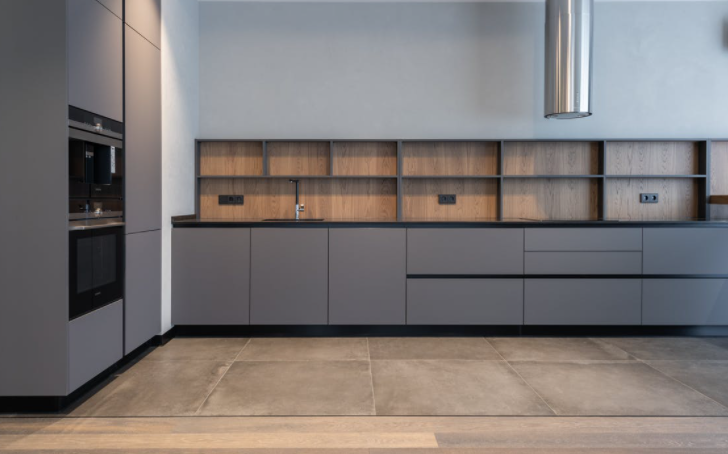When our home is completely sealed, fresh air can only enter through a window or door. Ventilation is essential to remove unwanted odors, water vapor, and pollution. It’s mainly for our attics. Attic ventilation helps maintain a proper temperature in your home. To install attic ventilation, you can contact the roofs in loveland Colorado. However, the ventilation system should also be controlled to be turned on or off as needed and directed where it is required. This prevents heat from being lost in the same way that water is lost through dripping faucets. The heat that escapes the air for ventilation is lost.

By conventional standards, an average-sized room needs at least one hour of air exchange per hour. This can vary depending on the number of people in the room and the type and number of pollution sources. Infiltration and air modules have been the traditional methods of ventilation. However, energy conservation is becoming more demanding, so we need to develop a more sophisticated ventilation strategy. We will first examine the ventilation of incinerators or heat exchangers before listing all possible methods.
Ventilation for Combustion
Heating appliances that require air for safe operation must be equipped with a permanent fan. There is a risk that the fuel will not burn effectively without sufficient oxygen. If the toxic combustion products are not removed, they can build up in a room and possibly cause death. In older homes, the original fans are often covered with paper.
It is essential to make sure they are not blocked or find an alternate path for combustion air. This alternate path can be created by a special duct that directs air directly to the appliance. Modern appliances have a balancing stack that draws in outside air and exhausts it through the same connection.
Benefits of Heat Exchanger System
 Is it possible to save heat with controlled ventilation? Heat exchangers have been developed for this purpose. These heat exchangers are a relatively new method of recovering heat from warm air before it is released into the atmosphere. They are increasingly being used as part of a ventilation and energy conservation strategy. They work by heating incoming air inside the tubes and fins. The warm air is collected at various points in the house, for example, in bathrooms and kitchens, and the fresh warm air is exhausted into living areas.
Is it possible to save heat with controlled ventilation? Heat exchangers have been developed for this purpose. These heat exchangers are a relatively new method of recovering heat from warm air before it is released into the atmosphere. They are increasingly being used as part of a ventilation and energy conservation strategy. They work by heating incoming air inside the tubes and fins. The warm air is collected at various points in the house, for example, in bathrooms and kitchens, and the fresh warm air is exhausted into living areas.
Although the heat exchanger can be placed anywhere in the house, it is best to put it in the attic. If you are considering installing a heat exchanger, be sure to consult a professional.
How to Ventilate Your Home
Once you’ve identified the problems in each room, such as a heating system that needs combustion ventilation or a space that is too humid, you can start planning a ventilation strategy. You can balance the airflow in your home by following the steps below. This may sound not very easy, but if you stick to it, you will find a way to simplify it. For example, you can put controllable vents in all windows and leave gaps around doors. You can also install fume hoods in bathrooms and kitchens.
There is always the option to open windows when needed. You can make any system as complex or as simple as you want. If you live in a high-rise building that is very cold or windy, you should immediately turn off any ventilation system. The pressure difference will cause air to flow through smaller openings. You can also choose to install an attic ventilation system. Whatever your choice, you must find the right ventilation system for your home.
Attic Ventilation System
Without an attic, your home can become an oven, and your home can also be moist, which will cause mold growth. So, it’s essential to install attic ventilation to prevent this issue and enhance the airflow quality in your home. Moreover, having an attic ventilation system offers excellent functionality. First off, it can regulate the temperature in your house along with reducing the humidity levels. Then, it will make your home even healthier. There are two main options of attic ventilation systems that you can choose from. Those are natural or wind-driven. Both work fine to combat extreme heat or icy temperature.

